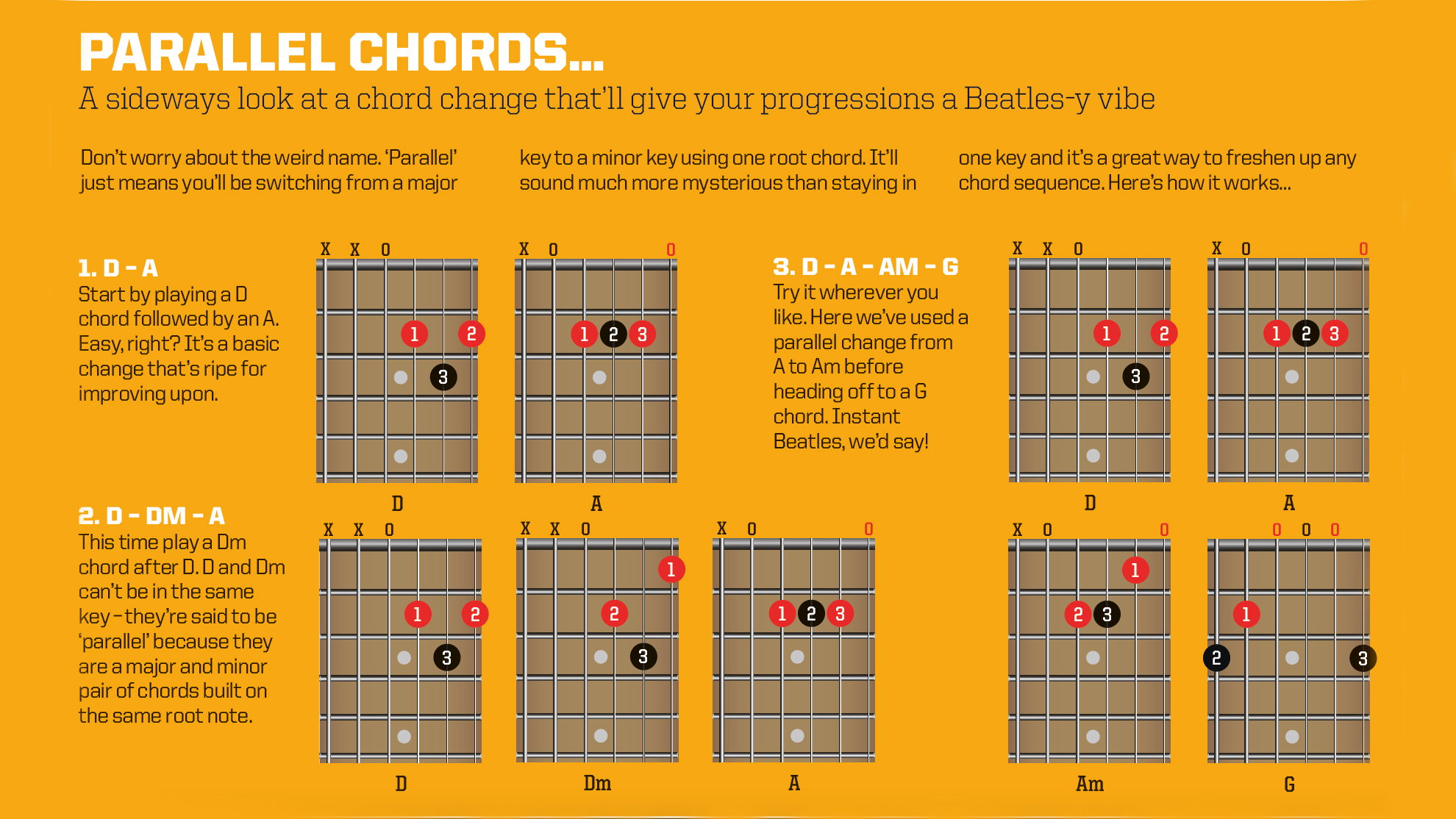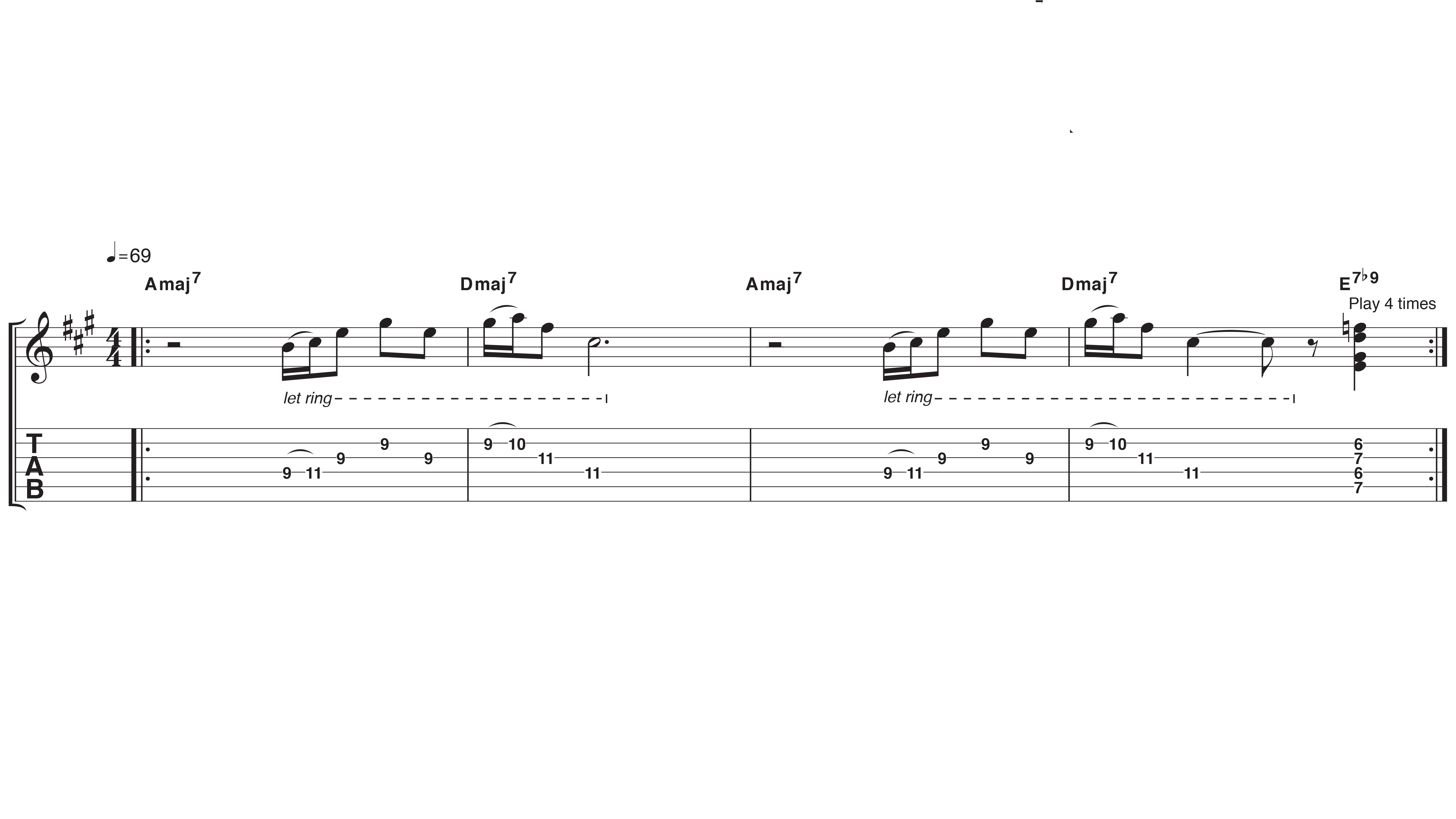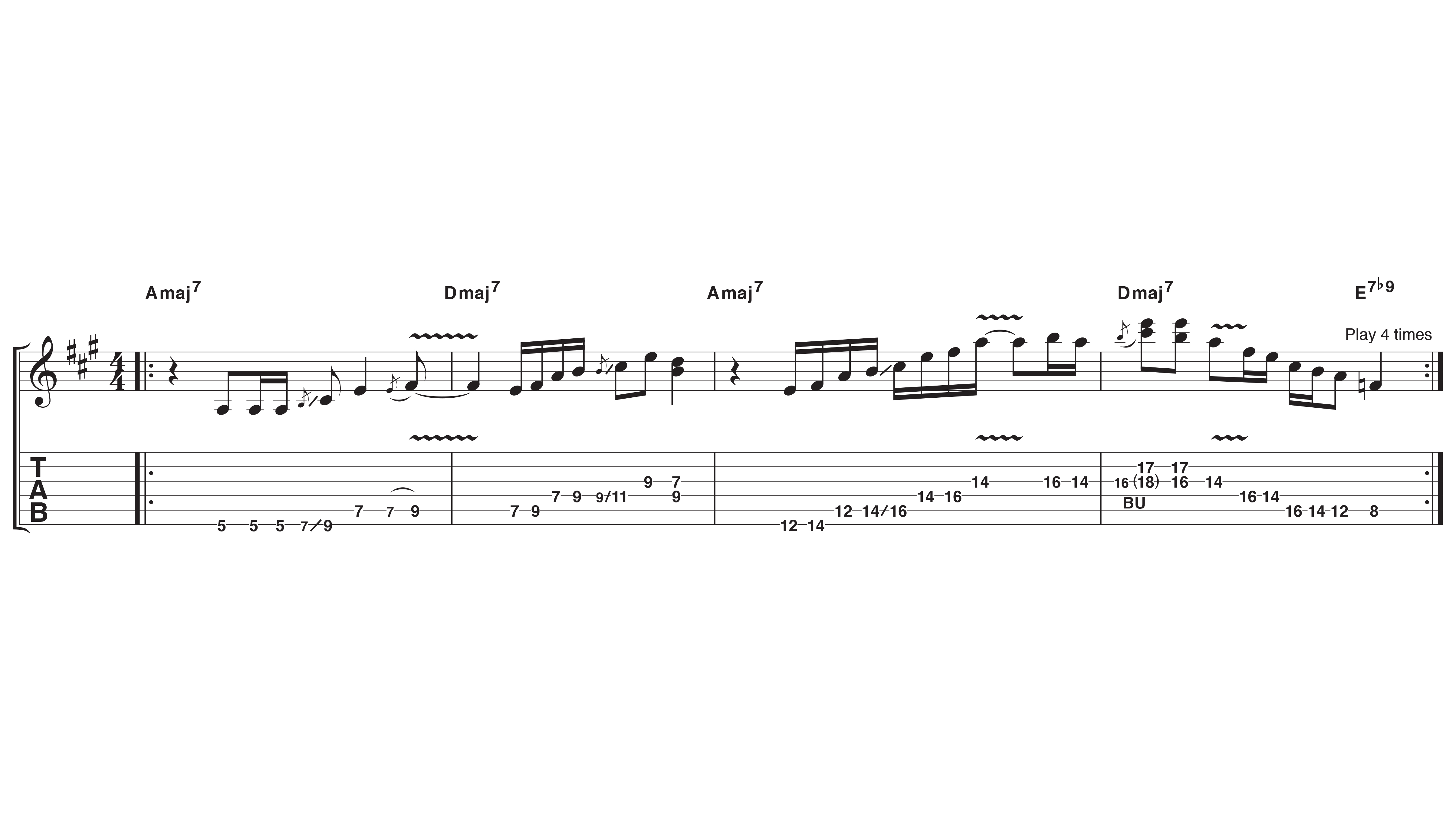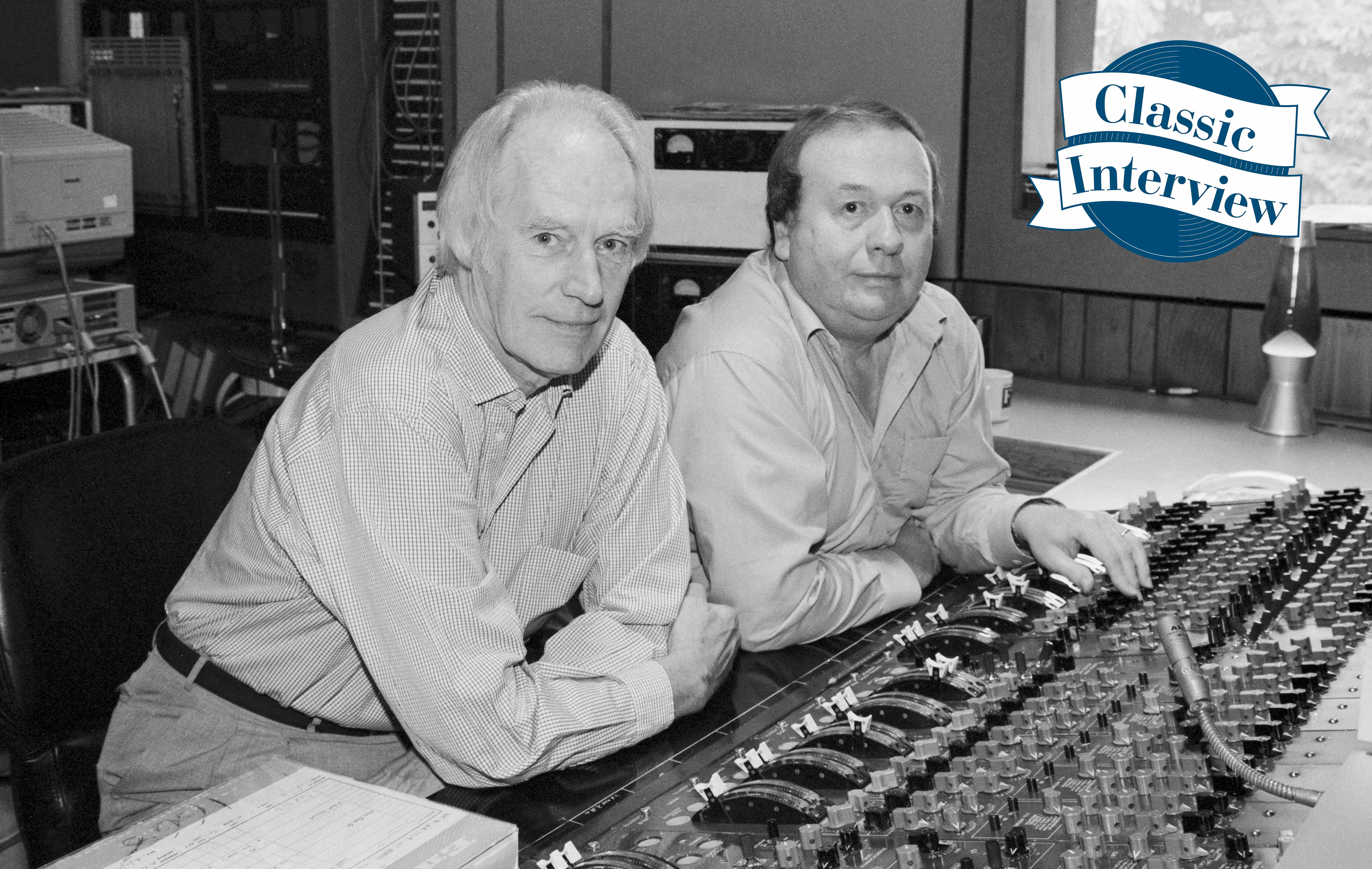
Despite tensions that would see John Lennon leaving and the band’s eventual split a few months later, the recording sessions for 1969’s Abbey Road saw The Beatles at a creative peak. A mix of rock, pop, blues and prog, the album’s musical influences are diverse and there’s inspiration aplenty for all budding guitarists even now, 50 years on.
George Harrison’s lead work on Come Together and Something is considered some of his most expressive and melodic playing, and Sun King takes influence from Brit blues legend Peter Green’s instrumental work in Fleetwood Mac’s classic Albatross.
George’s Leslie-driven Telecaster tones on Something are without doubt a major part of Abbey Road’s sonic trademark as are the double-tracked arpeggios on I Want You (She’s So Heavy).
All of this means there’s plenty of material for us guitarists to learn from - and ‘less is more’ is the overriding lesson. Aim for understated lead lines that could stand on their own as vocal melodies and you’ll be on the right track.
We’re also looking at a cool Beatles chord trick below, but it’s also worth thinking about how to solo over parallel changes - we recommend targeting notes from the chords. For example, if you’re changing from D to Dm, the only note that changes is F# in the D chord and F in the Dm, so make sure to land on these in your leads.
1 Parallel chords

2. Arpeggios with modulation effect
Simple arpeggios like these can be heard throughout Abbey Road, notably on tracks like Something, Sun King and Octopus’s Garden. The line in bar 1 could easily be developed into a lead idea – it’s almost the same shape as the C# minor pentatonic scale after all. The altered chord at the end is pure Beatles!

3. Melodic lead
Abbey Road features some of George Harrison’s finest playing and songwriting. This lick focuses on his use of the major pentatonic scale to create cool melodies and motifs. The finger slide between notes is a handy way to move from the 5th position up as high as the 17th fret. A neck pickup and spring reverb give authentic ambience.









